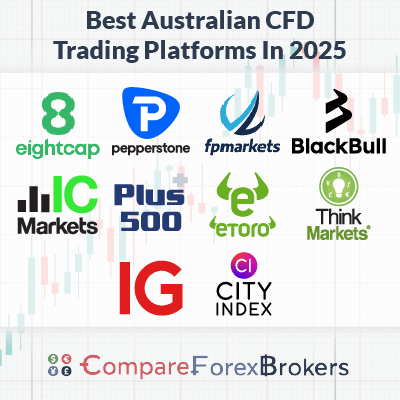
The Best Strategy for CFD Trading
In the world of financial trading, contracts for difference (CFDs) have gained immense popularity due to their flexibility and potential for significant returns. However, to be successful in CFD trading, it’s essential to adopt a strategic approach that encompasses risk management, market analysis, and psychology. In this article, we will outline the best strategy for cfd trading bestbrokercfd.com to help you navigate the turbulent waters of the financial markets.
Understanding CFDs
Before diving into strategies, it’s crucial to understand what CFDs are. A contract for difference is a financial derivative that allows traders to speculate on the price movement of various assets—including stocks, commodities, indices, and currencies—without having to own the underlying asset. When you trade a CFD, you’re essentially entering into an agreement with a broker to exchange the difference in the price of an asset from the time the contract is opened to when it is closed. This means you can profit from both rising and falling markets.
The Importance of a Trading Plan
One of the cornerstones of successful CFD trading is having a well-defined trading plan. A trading plan outlines your trading goals, risk tolerance, and the specific strategies you will employ. It serves as a roadmap to guide your trading decisions and helps you stay disciplined in the face of market volatility. Your trading plan should include:
- Market Analysis: Determine whether you will focus on technical analysis, fundamental analysis, or a combination of both.
- Risk Management: Establish your maximum allowable loss per trade and overall risk for your trading account.
- Entry and Exit Strategies: Define the criteria for entering and exiting trades.
- Performance Review: Set timeframes for reviewing your performance and refining your strategies.
Technical vs. Fundamental Analysis
Successful CFD trading often involves a blend of technical and fundamental analysis. Technical analysis focuses on price charts and indicators to predict future price movements based on historical data. Key technical indicators include moving averages, Relative Strength Index (RSI), and Bollinger Bands.
On the other hand, fundamental analysis looks at economic indicators, company earnings reports, and news events to gauge market sentiment. For CFD traders, understanding how news events and economic releases impact asset prices is crucial for making informed trading decisions.

Risk Management Techniques
Managing risk is vital in CFD trading due to the leverage involved. Leverage can amplify both gains and losses, making it essential to employ risk management techniques to protect your capital. Here are some effective risk management strategies:
- Use Stop-Loss Orders: Setting stop-loss orders helps limit your losses by automatically closing a position if the price reaches a certain level.
- Position Sizing: Determine the appropriate position size based on your risk tolerance. A common rule is to risk no more than 1-2% of your trading capital on a single trade.
- Diversification: Don’t put all your capital into one trade. Diversify your portfolio to spread risk across different assets.
Psychological Aspects of Trading
Trading psychology plays a significant role in CFD trading success. Emotional trading can lead to impulsive decisions, which can derail even the best trading strategies. Here are some tips to maintain a disciplined mindset:
- Stick to Your Plan: Following your trading plan helps reduce emotional decision-making.
- Avoid Overtrading: Trading too frequently can lead to burnout and increased exposure to risk.
- Accept Losses: Understand that losses are part of trading. Learning from them is crucial for long-term success.
Leveraging Technology: Trading Tools and Charts
In today’s digital age, traders have access to an array of tools that can enhance their trading strategies. From advanced charting software to automated trading algorithms, technology can significantly improve the efficiency and accuracy of your trading decisions. Here are some popular tools:
- Technical Analysis Platforms: Use software that offers a variety of indicators and charting tools to analyze market trends.
- Trading Calculators: Utilize calculators to determine profit margins, pip values, and other essential metrics. You can find various tools on sites like bestbrokercfd.com.
- News Aggregators: Stay updated with real-time news relevant to your trading assets to make informed decisions.
Continuous Learning and Adaptation
The financial markets are continuously evolving, and what works today may not be effective tomorrow. As a CFD trader, it’s essential to commit to lifelong learning. Attend webinars, read trading books, follow market news, and engage with other traders to share insights and strategies. Adapt your trading plan and strategies based on your experiences and changing market conditions.
Conclusion
Trading CFDs can be a rewarding endeavor when approached with a well-structured strategy. By understanding the mechanics of CFD trading, developing a solid trading plan, utilizing effective risk management techniques, and embracing the psychological elements of trading, you can significantly enhance your chances of success. Remember, continuous learning and adaptation are paramount in navigating the dynamic world of CFD trading.